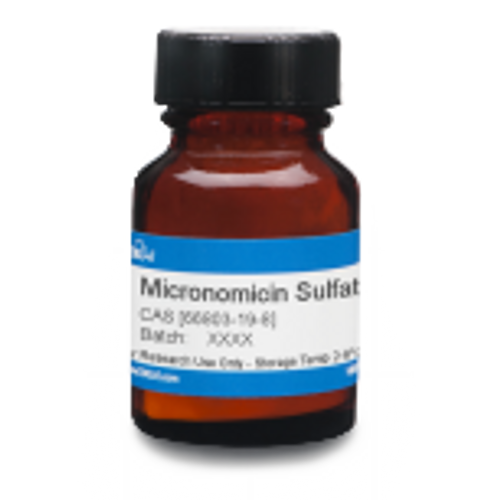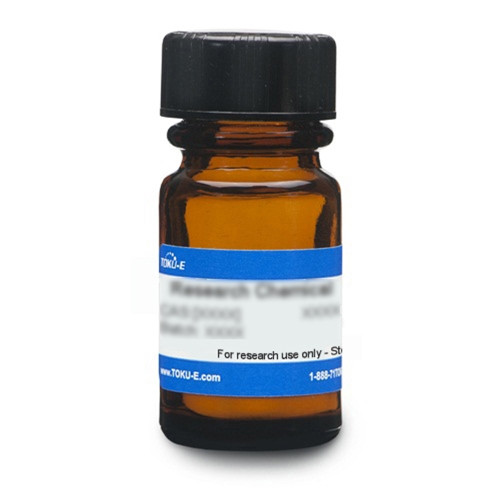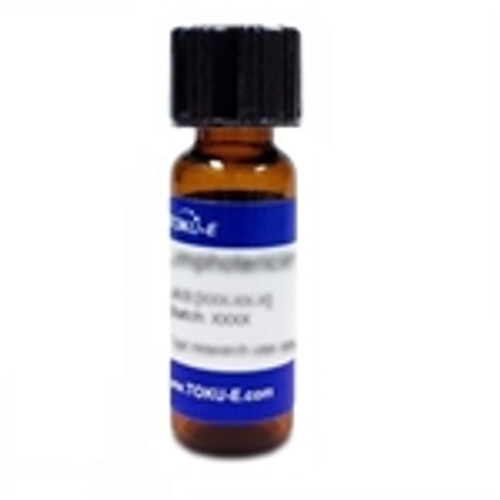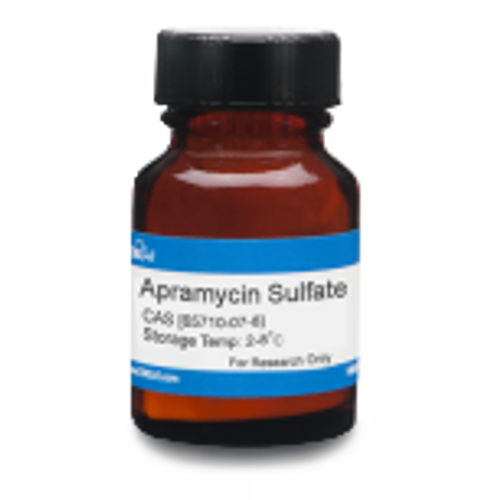Micronomicin Sulfate is the sulfate salt of Micronomicin, a natural aminoglycoside, broad-spectrum antibiotic discovered and developed by Kyowa Hakko Kogyo Co. The structure was determined as 6’-N-methylgentamicin C1a, and it is similar to Gentamicin C in physicochemical and antimicrobial properties but unlike Gentamicin C, it has remarkable activity against some gentamicin C1a-resistant strains. It targets Gram-positive and Gram-negative bacteria by interfering with bacterial protein synthesis. Micronomicin Sulfate is freely soluble in water.
| Mechanism of Action | Aminoglycoside antibiotics target the 30S ribosomal subunit resulting in an inability to read mRNA ultimately producing a faulty or nonexistent protein. |
| Microbiology Applications | Micronomicin Sulfate is commonly used in clinical in vitro microbiological antimicrobial susceptibility tests (panels, discs, and MIC strips) against Gram-positive and Gram-negative microbial isolates. Medical microbiologists use AST results to recommend antibiotic treatment options. |
| Spectrum | Micronomicin Sulfate has activity against Gram-positive and Gram-negative bacteria including S. aureus, S. epidermidis, E. coli, and P. aeruginosa. |
| Molecular Formula | C20H41N5O7 •2.5H2SO4 |
| References |
Davis BD (1987) Mechanism of bactericidal action of aminoglycosides. Microbiol. Rev. 51(3):341-350 PMID 3312985 Okachi R, Kawamoto I, Takasawa S, Yamamoto M, Sato S (1974) A new antibiotic XK-62-2 (Sagamicin). I. Isolation, physicochemical and antibacterial properties. J. Antibiotics 27(10):793 PMID: 4457527 |








